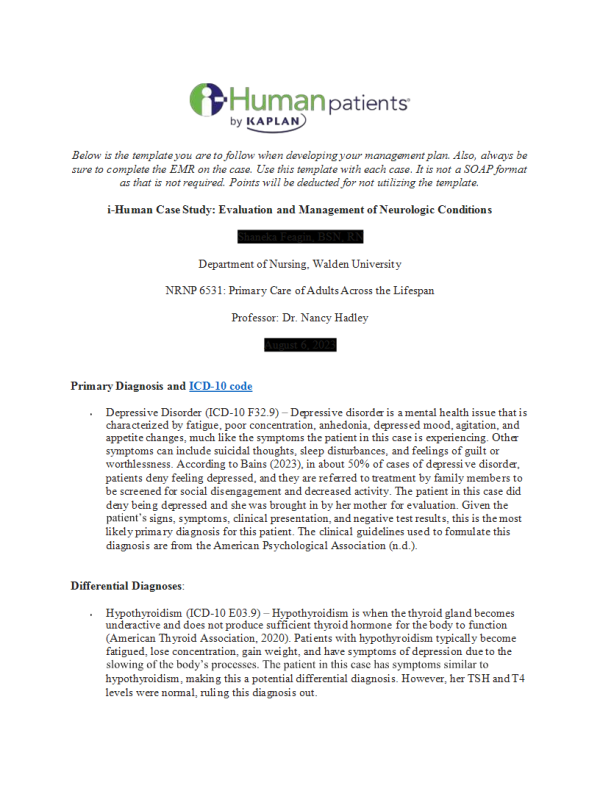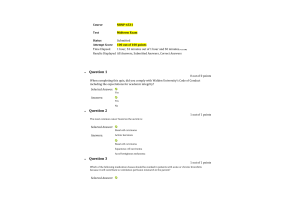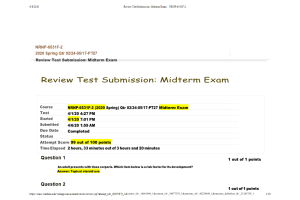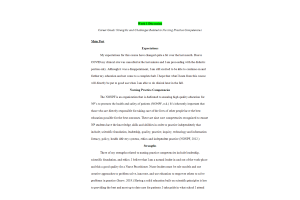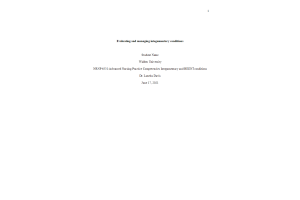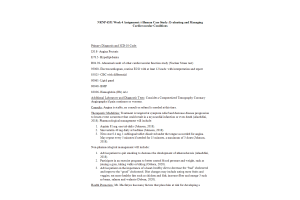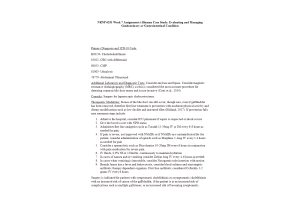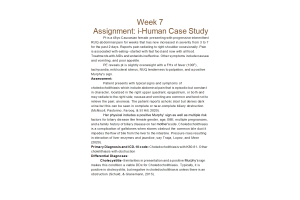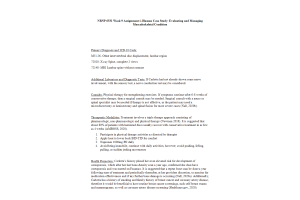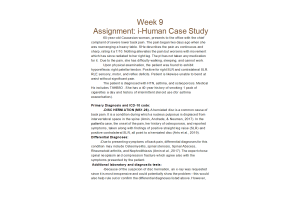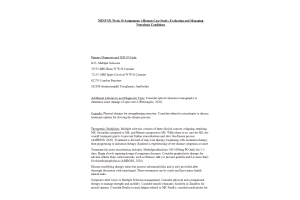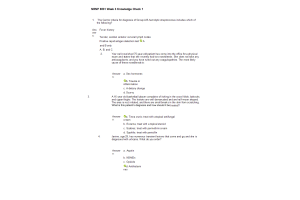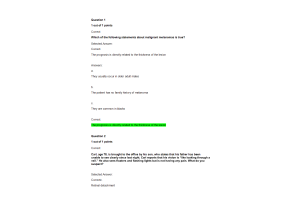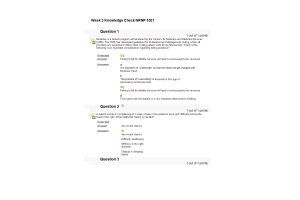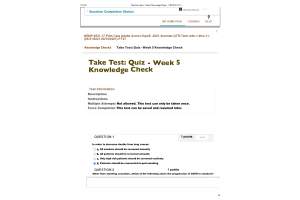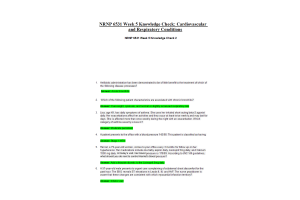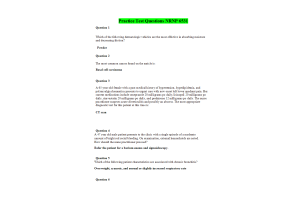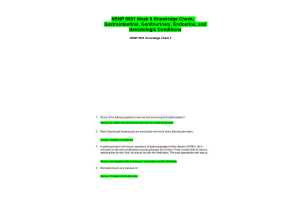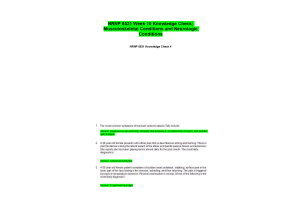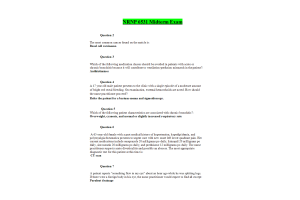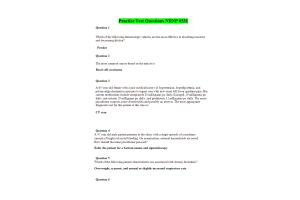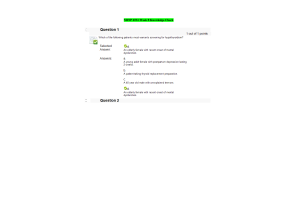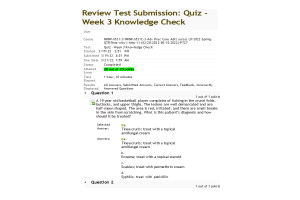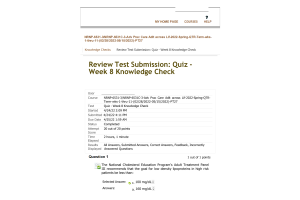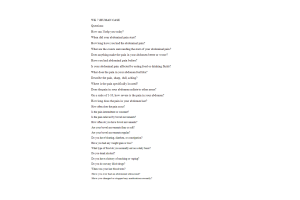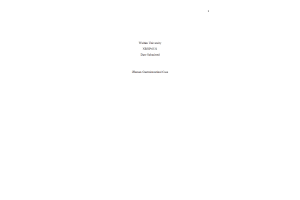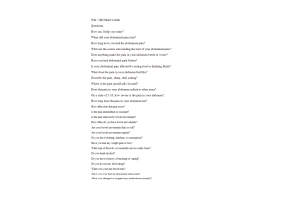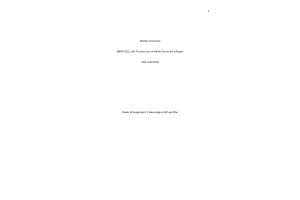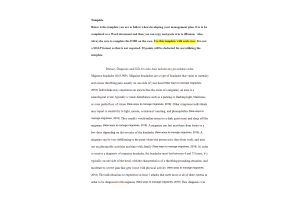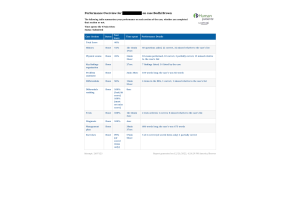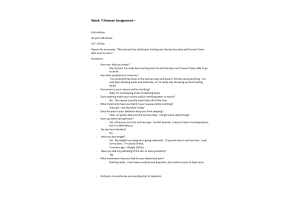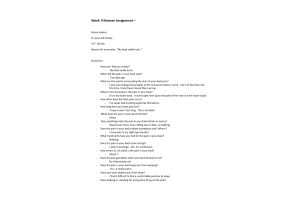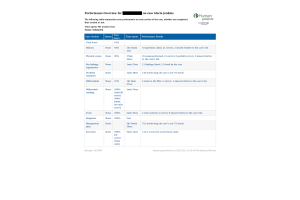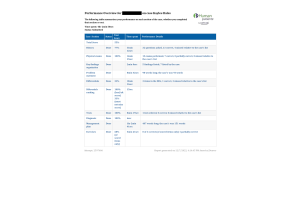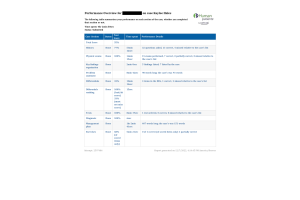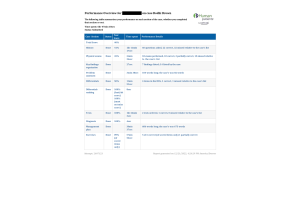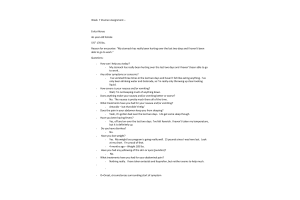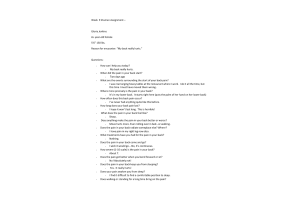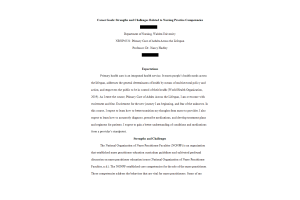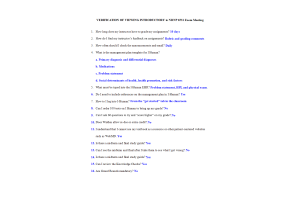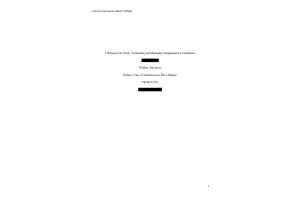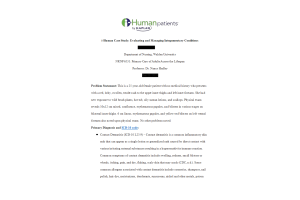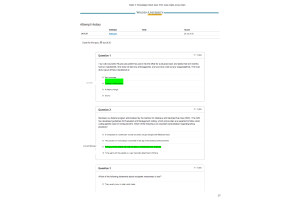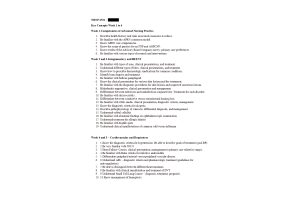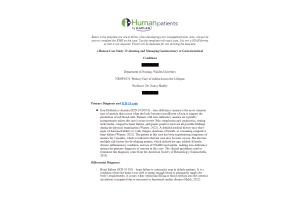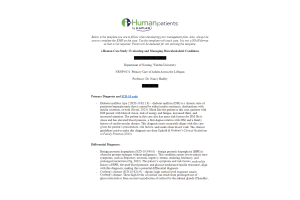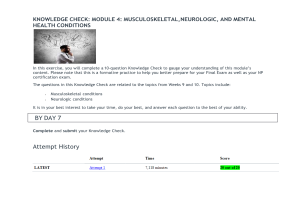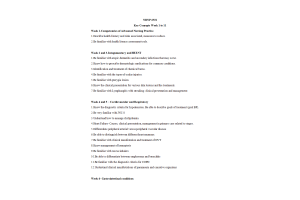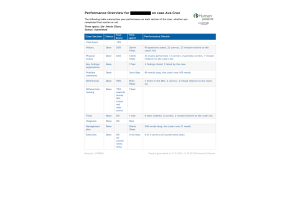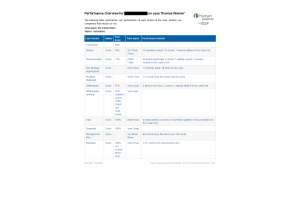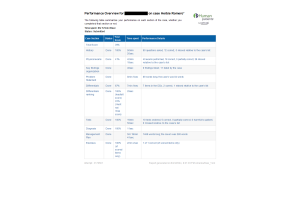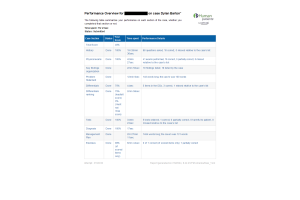NRNP 6531 Week 10 Assignment; i-Human Case Study Evaluation and Management of Neurologic Conditions
- $25.00
Document Preview
Primary Diagnosis and ICD-10 code
- Depressive Disorder (ICD-10 F32.9) – Depressive disorder is a mental health issue that is characterized by fatigue, poor concentration, anhedonia, depressed mood, agitation, and appetite changes, much like the symptoms the patient in this case is experiencing. Other
symptoms can include suicidal thoughts, sleep disturbances, and feelings of guilt or worthlessness. According to Bains (2023), in about 50% of cases of depressive disorder, patients deny feeling depressed, and they are referred to treatment by family members to be screened for social disengagement and decreased activity. The patient in this case did deny being depressed and she was brought in by her mother for evaluation. Given the patient’s signs, symptoms, clinical presentation, and negative test results, this is the most likely primary diagnosis for this patient. The clinical guidelines used to formulate this diagnosis are from the American Psychological Association (n.d.).
Differential Diagnoses:
- Hypothyroidism (ICD-10 E03.9) – Hypothyroidism is when the thyroid gland becomes underactive and does not produce sufficient thyroid hormone for the body to function
(American Thyroid Association, 2020). Patients with hypothyroidism typically become fatigued, lose concentration, gain weight, and have symptoms of depression due to the slowing of the body’s processes. The patient in this case has symptoms similar to hypothyroidism, making this a potential differential diagnosis. However, her TSH and T4 levels were normal, ruling this diagnosis out.
- Diabetes Mellitus Type 2 (ICD-10 E11.9) – Type 2 diabetes mellitus is a chronic condition of the metabolic system that is characterized by constant hyperglycemia due to resistance to the actions of insulin, causing insulin production to decrease (Goyal, 2023).
Some risk factors for developing type 2 diabetes mellitus include obesity, a sedentary lifestyle, an unhealthy diet, being African American, and a positive family history of diabetes and hypertension, which the patient in this case has. Some clinical manifestations that the patient presents with that align with the diagnosis of type 2 diabetes mellitus include acanthosis nigricans and fatigue. This is a likely potential differential diagnosis, given the patient’s high risk for developing the disease and her presentation. However, her blood glucose and HbA1c were normal, ruling this diagnosis out.
- Anemia (ICD-10 D64.9) – Anemia is a presentation of an underlying condition characterized by low blood counts including hemoglobin, hematocrit, or RBCs (Turner et
al., 2022). A lot of patients with anemia present with complaints of fatigue. The patient in this case is a menstruation adolescent, who is susceptible to anemia due to rapid growth and blood loss from her period, making this a potential differential diagnosis. However, her CBC was normal, ruling this diagnosis out.
Medications: Sertraline (Zoloft) 50mg 1 tab PO once daily……….. Continue
